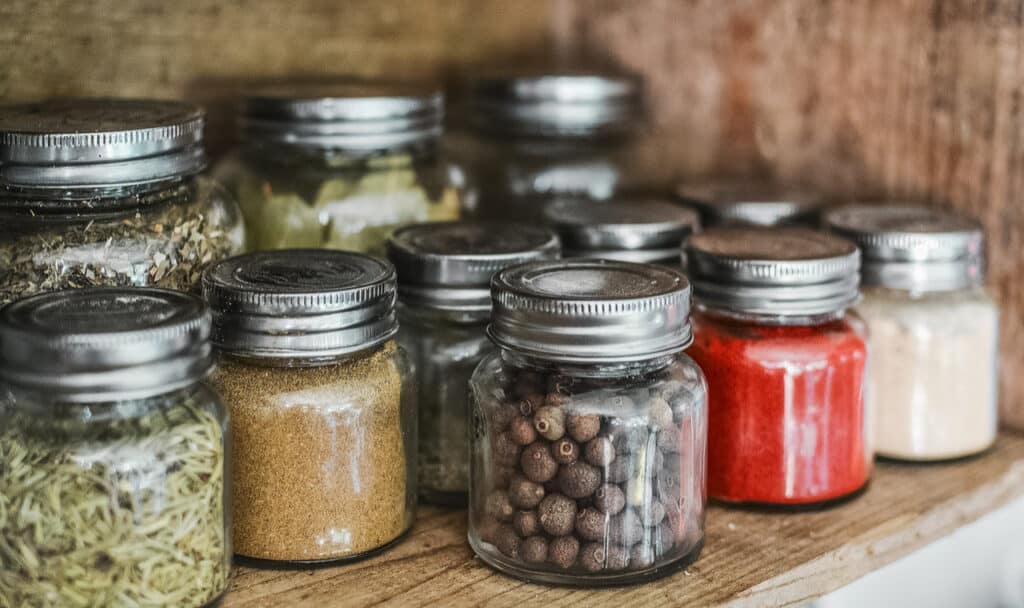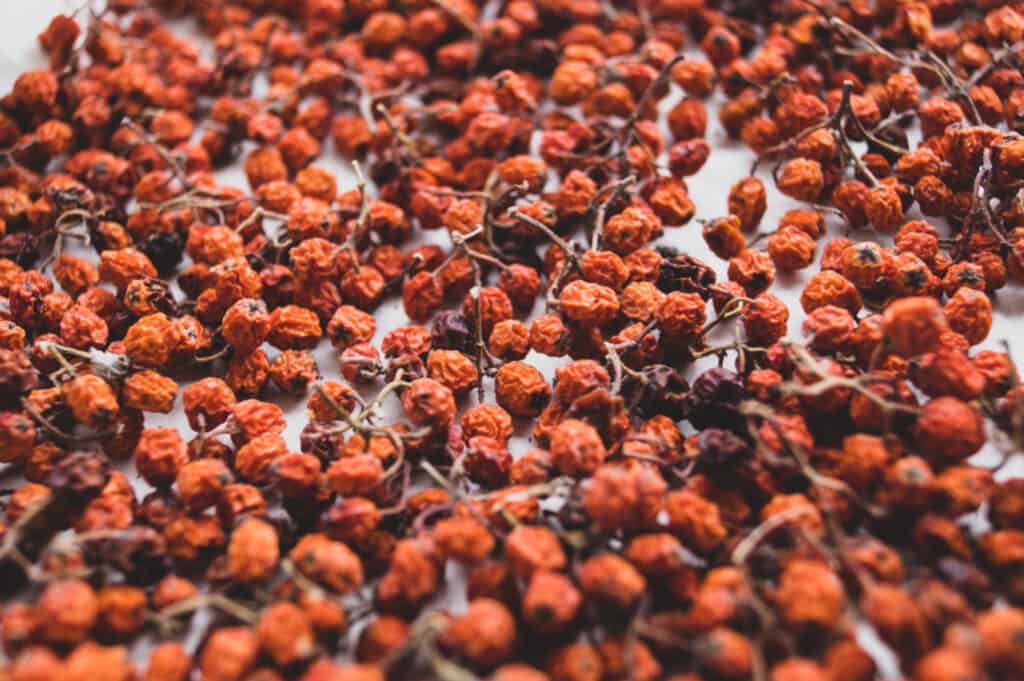The changes that render food not edible can happen due to insect infestation, contamination by micro-organisms, and degradation of enzymes that are naturally present in the food.
Food preservation has become necessary as consumers are expected to finish certain produce depending if they are in or out of season. Preservation of food allows for variety, cuts down on food waste, and expands the supply of food at any given point.
As a consumer of a product, it is important to know the various methods of preserving food at home. These methods come in handy if you are one to make bulk purchases.
Below are a few home preservative methods you can try:
- Freezing; This is one of the easiest and most common ways of preserving food items at home. Using this method prevents microbes from surviving or multiplying. All you need to do is ensure the food item is cleaned thoroughly before freezing. Food items that are suitable to preserve with this method include fruits, vegetables, and cooked meals that have been placed in an airtight container.
- Canning: This is a safe method of preserving if practiced carefully. It involves putting the food items into properly clean and sterilized jars and airtight containers and placing these jars in boiling water as a way of sterilizing to destroy any bacteria that might be present in the food. A point to note with this method of that food preserved this way is at risk of spoiling once opened.

- Pickling: This method involves immersing the food items in vinegar, alcohol, and sometimes vegetable oil. Although, this method changes the general taste and texture of the food. It increases the lifespan of the food item. Examples of foods preserved with this method are carrots, eggs, and meat.
- Root Cellar: The humid environment in a root cellar allows most food items last longer than other means of preservation. It may be in dry storage or a pantry where the air is cool and damp. Examples are cabbage, onions, potatoes, apples, and others
- Drying; This method can be used for certain food items and herbs. It involves drying the food with a food dehydrator, air drying, sun drying or baking sheets in the oven Herbs should not be dried in direct sunlight rather they should be dried in a warm place. Examples of food items that can be dried include meat, basil, dry garden vegetables, and others.

The goal of preserving food at home is to prevent food spoilage and its environmental impact is that it reduces the amount of food that goes to waste during peak production and season. Therefore practicing these methods of preserving food in the household can help curb and reduce food waste in the society.
The World Food Tracker developed by IntelliDigest also helps you with developing a healthier and more long-term approach towards food where you are able to plan your meals far ahead, and also keeping track food items that eventually end up in the bin.

